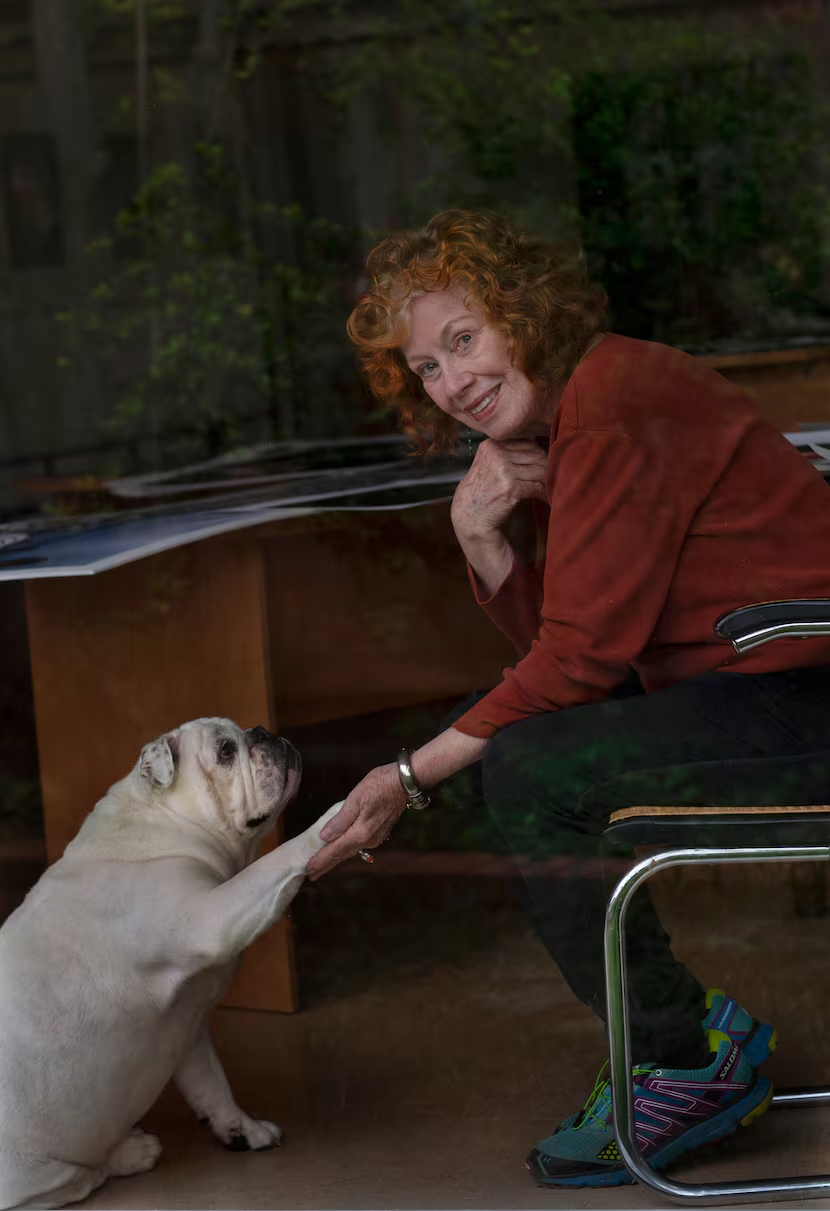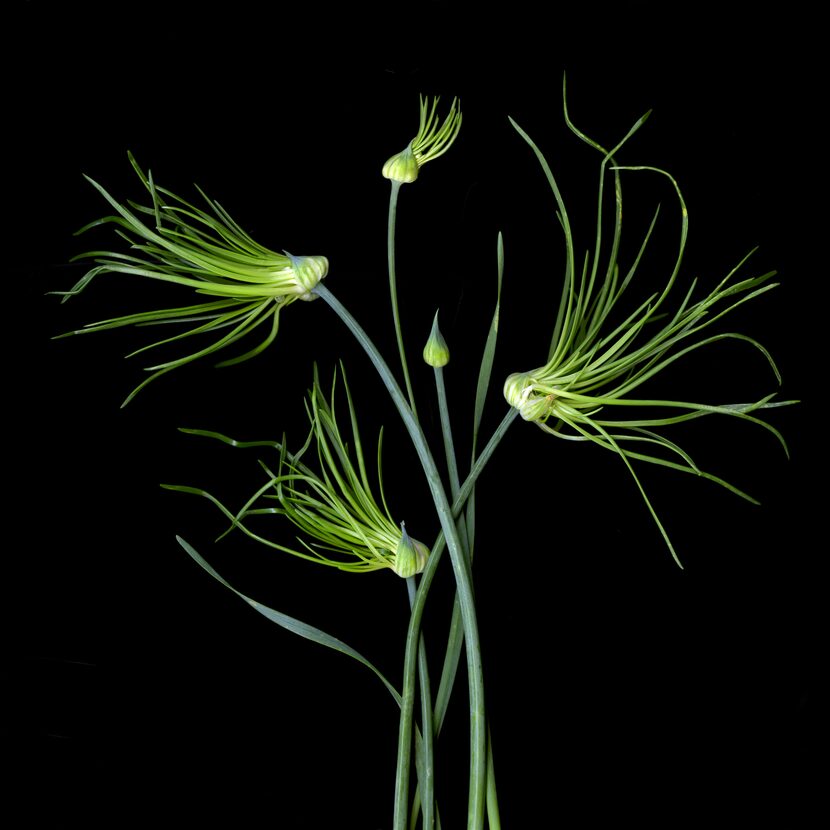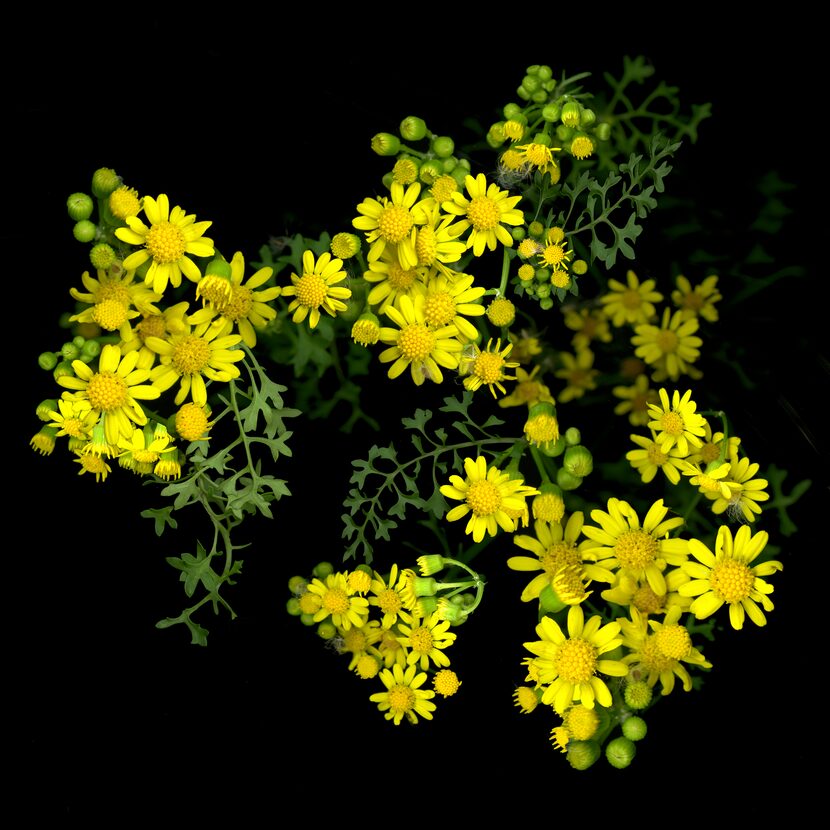
The distinguished Dallas photographer Carolyn Brown generally needs to leave her home with her Hasselblad camera to find her subjects — in architecture and landscapes throughout the world and in her beloved adopted state of Texas.
She first took a photography class in the late 1960s while studying art history at the American University in Cairo, Egypt. There, she began photographing pharaonic, Roman and Islamic architecture — as well as the traditional peoples — of the Middle East, where she has traveled widely.
Since moving to Texas, she has photographed the sacred spaces and landscapes of ancient, colonial and modern Mexico, Guatemala and the Southwestern U.S. to create some of the most memorable photographs of our time.
The best of these were enlarged to gigantic scale in the memorable “Sacred Space” exhibition at the 2000 State Fair of Texas. Recent exhibitions in diverse North Texas spots have highlighted her recent photographic expedition to Turkey, her documentation of the abandoned Swift Meat Packing Complex at the Fort Worth Stockyards and her sensitive photographs of the superb but little known art deco architecture on the campus of Texas A&M.
A simple Google search of her books reveals an incredible range, from Fair Park to Lake Caddo. She is, in short, a Texas treasure.
At age 83, after a serious bout with cancer, debilitating chemo and the devastating tornado that damaged her home last year, she is still going strong, But, with the coronavirus pandemic keeping her at home, she has been forced to rethink her subjects and her attitude toward photography. She has done this by looking no further than the produce she buys in her weekly trips to the market and the weeds and small plants growing in her garden.

The latter is what remains of the private garden of one of America’s greatest landscape architects, Richard Myrick, who designed such iconic landscapes as the LBJ Ranch and DFW International Airport.
Myrick commissioned the late Bud Oglesby to design a modest, flat-roofed modernist house in North Dallas with a Myrick-designed walled garden on what had been a completely flat cotton field.
Although many of the trees and larger plants have survived from the “original landscape,” much has changed in the nearly 70 years since the garden was planted.

Brown is undaunted by the pandemic, and she sallies forth in her garden in search of small plants — either intrusive or planted — that speak to her.
Her starkly beautiful photographs are actually “portraits” of vegetables and plants in all their complexity, taken with a professional sense of their formal rhymes and rhythms.
Don’t you wish we were all able to make such visual poetry from our quarantine as Carolyn Brown?



